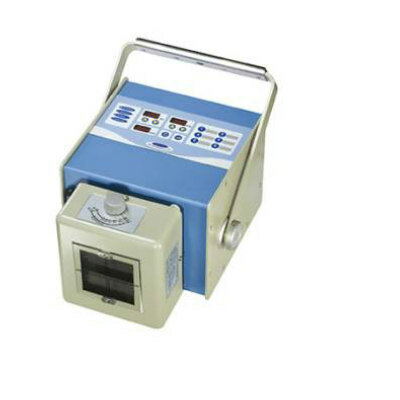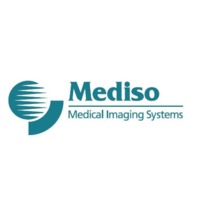Imaging Contributing to Overdiagnosis of Thyroid Cancers
By MedImaging International staff writers
Posted on 05 Sep 2013
A new study suggests that the increasing gap between the incidence of thyroid cancer and deaths from the disease suggests that low-risk cancers are being overdiagnozed and overtreated. Posted on 05 Sep 2013
Researchers at the Mayo Clinic (Rochester, MD, USA) conducted a review of literature that found that high tech imaging technologies such as ultrasound, computerized tomography (CT), and magnetic resonance imaging (MRI) could detect very small thyroid nodules, 90% of which are slow growing papillary thyroid cancers, the most indolent form of thyroid cancer. As a result, surgical removal procedures in the United States alone have tripled in the past 30 years, from 3.6 per 100,000 people in 1973 to 11.6 per 100,000 people in 2009.
But the expanding gap in diagnosis and surgical treatment conflicts with death rates from papillary thyroid cancer, which have remained stable at 0.5 deaths per 100,000 since 1979. This is consistent with observational evidence shows that small papillary thyroid cancers, which are a common autopsy finding, may never progress to cause symptoms or death. The increase in surgical removal procedures has resulted in patients having thyroidectomy who experience physical complications, financial and psychosocial burdens, and need lifelong thyroid replacement therapy. The study was published on August 27, 2013, in BMJ.
“The surgical removal of all or part of the thyroid gland is a costly procedure and includes a risk of complications such as low calcium levels and nerve injury. This is exposing patients to unnecessary and harmful treatments that are inconsistent with their prognosis,” said lead author Juan Pablo Brito, MSc, an endocrine fellow and health care delivery scholar at the Mayo Clinic. “We suggest a term that conveys the favorable prognosis for low risk thyroid cancers—micropapillary lesions of indolent course (microPLICs), and call for research to identify the appropriate care for these patients.”
Thyroid cancer is the most common endocrine malignancy. Cancer incidence in five continents show that the age standardized incidence of thyroid cancer in women rose from 1.5 cases per 100,000 in 1953 to 7.5 cases per 100,000 in 2002, with a similar relative increase in men. However, while in the US the incidence of thyroid cancer has tripled in the past 30 years, in Sweden, Japan, and China, the increase in incidence has been minimal.
Related Links:
Mayo Clinic










 Guided Devices.jpg)



